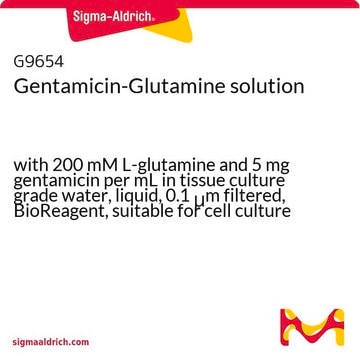Kluczowe dokumenty
L4545
L-798106
≥98% (HPLC)
Synonim(y):
(2E)-N-[(5-bromo-2-methoxyphenyl)sulfonyl]-3-[2-(2-naphthalenylmethyl)phenyl]-2-propenamide
Wybierz wielkość
716,00 zł
Wybierz wielkość
About This Item
716,00 zł
Polecane produkty
Próba
≥98% (HPLC)
Formularz
powder
rozpuszczalność
DMSO: >20 mg/mL
inicjator
Merck & Co., Inc., Kenilworth, NJ, U.S.
temp. przechowywania
2-8°C
ciąg SMILES
COc1ccc(Br)cc1S(=O)(=O)NC(=O)\C=C\c2ccccc2Cc3ccc4ccccc4c3
InChI
1S/C27H22BrNO4S/c1-33-25-14-13-24(28)18-26(25)34(31,32)29-27(30)15-12-21-7-3-5-9-23(21)17-19-10-11-20-6-2-4-8-22(20)16-19/h2-16,18H,17H2,1H3,(H,29,30)/b15-12+
Klucz InChI
ODTKFNUPVBULRJ-NTCAYCPXSA-N
Zastosowanie
Działania biochem./fizjol.
Cechy i korzyści
Zwroty wskazujące rodzaj zagrożenia
Zwroty wskazujące środki ostrożności
Klasyfikacja zagrożeń
Aquatic Chronic 4
Kod klasy składowania
11 - Combustible Solids
Klasa zagrożenia wodnego (WGK)
WGK 3
Temperatura zapłonu (°F)
Not applicable
Temperatura zapłonu (°C)
Not applicable
Wybierz jedną z najnowszych wersji:
Certyfikaty analizy (CoA)
Nie widzisz odpowiedniej wersji?
Jeśli potrzebujesz konkretnej wersji, możesz wyszukać konkretny certyfikat według numeru partii lub serii.
Masz już ten produkt?
Dokumenty związane z niedawno zakupionymi produktami zostały zamieszczone w Bibliotece dokumentów.
Active Filters
Nasz zespół naukowców ma doświadczenie we wszystkich obszarach badań, w tym w naukach przyrodniczych, materiałoznawstwie, syntezie chemicznej, chromatografii, analityce i wielu innych dziedzinach.
Skontaktuj się z zespołem ds. pomocy technicznej







